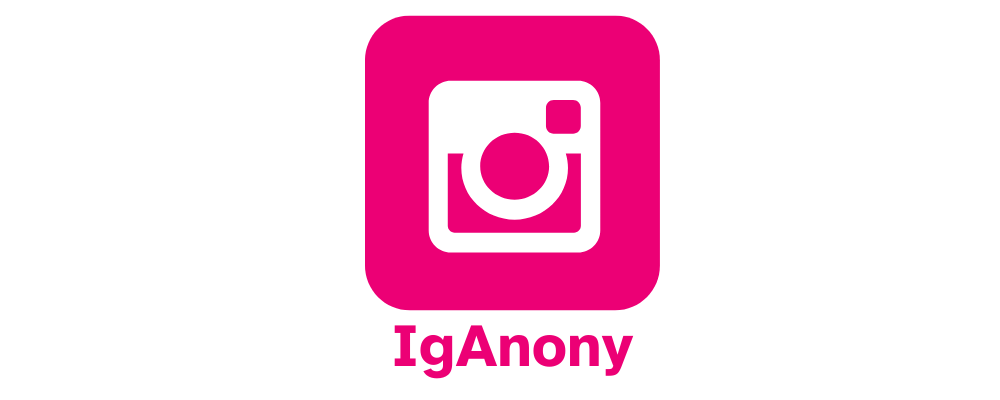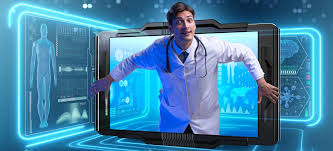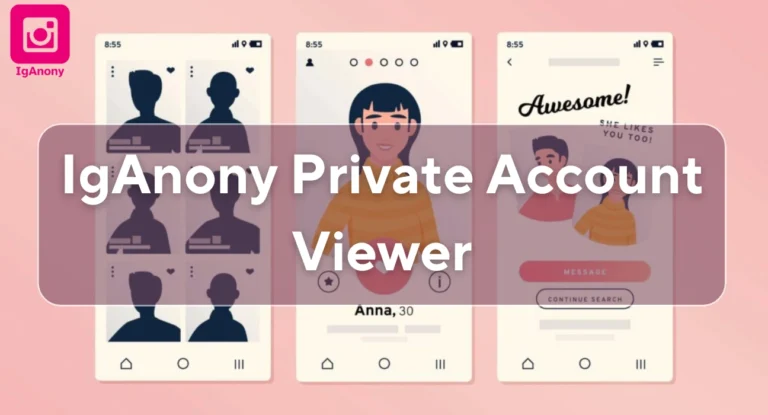How Technology Is Changing Healthcare and Telemedicine
Introduction
Technology is transforming many areas, and healthcare is no exception. When we explore how technology is changing healthcare and telemedicine, we see new tools, methods, and systems emerging. These changes improve access, quality, and cost of care. In this article, we’ll look at definitions, benefits, challenges, strategies, examples, future trends, and conclusions about this shift.
1. Defining Healthcare, Telemedicine & Technology
What Is Healthcare?
Healthcare includes services for prevention, diagnosis, treatment, and recovery of health issues. It covers hospitals, clinics, doctors, nurses, and medical support systems.
What Is Telemedicine?
Telemedicine refers to providing medical care remotely using digital communication. It allows consultations, monitoring, and follow-ups without being physically present.
What Role Does Technology Play?

Technology provides the tools (apps, devices, software, AI, IoT) that enable telemedicine and digital care. It changes how patients and providers interact and how health information is managed.
2. Why Technology Is Important in Healthcare & Telemedicine
Expand Access to Care
Remote locations or underserved areas often lack specialists. Telemedicine bridges that gap.
Reduce Costs
Digital tools reduce travel, infrastructure needs, and some overheads in delivering care.
Improve Patient Outcomes
Data, monitoring, and digital feedback help detect health issues early and support better treatment.
Enhance Convenience & User Experience
Patients can consult doctors from home, submit reports digitally, and avoid long waiting times.
Support Chronic Disease Management
Technology enables ongoing remote care and tracking for conditions like diabetes, hypertension, and heart disease.
3. Benefits & Strengths of Technology in Telemedicine
Better Access & Reach
Patients who cannot travel easily (elderly, disabled, remote) get medical attention via telemedicine.
Faster Diagnostics & Decision Making
AI, analytics, and digital imaging help providers analyze data quickly and make informed decisions.
Continuous Monitoring
Wearables and remote patient monitoring devices let doctors track vital signs in real time.
Data & Analytics
Collected data from many patients can guide preventive care and improve treatment plans.
Flexibility & Hybrid Models
Technology allows a mix of in-person and virtual care, giving patients options.
Scalability
Digital systems can serve many more patients without proportionally increasing infrastructure.
4. Challenges & Risks of Adopting Technology in Healthcare
Privacy & Data Security
Medical data is sensitive. If systems are hacked or misused, patient trust falls.
Digital Divide
Not everyone has reliable internet, smartphones, or literacy to use digital health tools.
Integration Issues
Many healthcare systems use old software. Merging new tech with legacy systems is hard.
Regulatory & Legal Barriers
Laws about medical licensing, data sharing, telehealth across borders can lag behind innovation.
Quality & Reliability
Virtual diagnosis or remote monitoring may miss subtle signs that a physical exam catches.
User Resistance
Some doctors or patients may prefer traditional face-to-face methods and resist change.
Cost & Maintenance
High cost of devices, software, updates, and training can be barriers in many places.
5. Strategies to Leverage Technology in Telemedicine & Healthcare
- Start with simple, high-impact tools (video consults, remote monitoring) before complex ones.
- Use strong encryption, secure servers, and strict access control for data safety.
- Provide training and support for doctors, nurses, and patients to adopt new tech.
- Design systems that work with old infrastructure to reduce friction.
- Advocate for updated laws and policies to support telehealth, licensing, and data sharing.
- Monitor user feedback and iterate to improve usability and trust.
- Promote equity — ensure rural and low-income patients can access the technology.
6. Examples & Use Cases
- Remote monitoring of chronic patients: devices send daily health data to doctors for review.
- Virtual consultations: patients speak with doctors via video calls for non-urgent issues.
- Hybrid care: a mix of virtual follow-ups and in-person visits for complex cases.
- AI diagnostic support: software helps identify patterns in medical images or lab results.
- Telepsychiatry and mental health services delivered via apps and video.
7. Future Trends in Technology, Healthcare & Telemedicine
AI & Machine Learning
These will offer predictive insights, personalized treatment plans, and diagnostic support.
AR/VR in Medicine
Augmented and virtual reality may help in remote surgeries, training, rehabilitation, and patient education.
Blockchain & Secure Data Exchange
Blockchain can help share health records securely across systems.
IoT & Smart Devices
More connected devices (wearables, home sensors) will feed continuous health data for better care.
Robotics & Remote Surgery
In future, specialists might operate remotely using robotic tools under guidance.
Global Telehealth Expansion
Telemedicine will reach more countries, especially where on-site care is limited.
read more : The Role of Therapy in Personal Growth and Healing
Personalized & Preventive Care
Using data from tech tools, care will shift more toward prevention and customized health plans.
Conclusion
Understanding how technology is changing healthcare and telemedicine helps us see that this shift is more than novelty. It is improving access, cutting costs, speeding care, and enabling new models. Yet the road has obstacles—privacy, infrastructure, regulation, and adoption.
The coming years will show how technology, with smart planning and regulation, can make healthcare more inclusive, efficient, and responsive.







